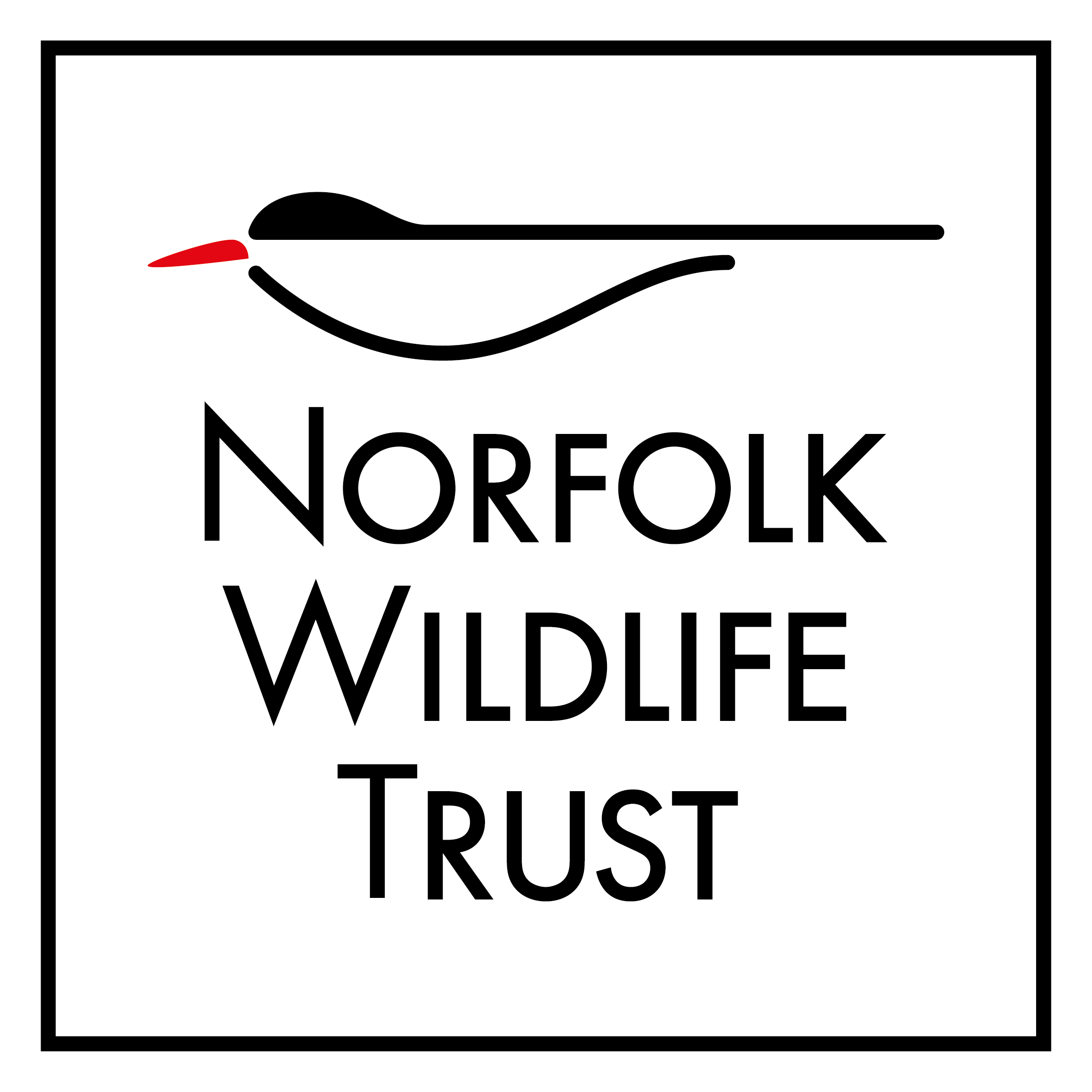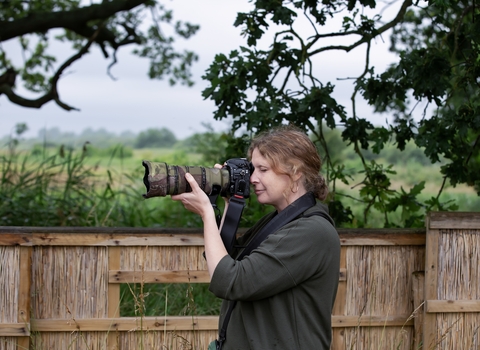Wildlife photography is an amazing way to get closer to nature and create lasting memories of the amazing animals, plants and landscapes that you’ve experienced. Whether you’re using a professional camera or your phone, anyone can create some beautiful images.
It’s vitally important to remember when photographing in nature that the welfare of your subject is the most important thing – always put the animal and environment first.
Learn about your subject
By learning about the behaviour of the animal you’d like to photograph, you’re more able to get the shot you want. Research the best times and locations to see it, as well as how it behaves that time of year – will it be nesting? Migrating? Hibernating?
Practice makes perfect
It’s best to get to grips with your camera and setup before you have the subject you’ve been waiting carefully for in front of you. Practice taking photos of other things in the landscape to get used to the lighting and composition first.
Capture a story
Think about what story you’re telling with your shot. Consider how things like lighting, background, weather and setting can add more to the story you’re telling in the image. For example, a hedgehog in the rain on an urban street tells a different story to a hedgehog roaming in a sunny, grassy back garden.
Photograph what you find interesting
Don’t worry about taking photos you think will appeal to other people. Your best work will come when you’re enjoying yourself and engaged with the subject you’re photographing. Your interest will come across and you might bring a new perspective to something that others overlook!
Be patient and flexible
Nature is unpredictable – you might not get the shot you want, or the animal you’re trying to photograph might not show up! Don’t get too focused on one thing and take in the other fantastic nature around you too. Slow down, take your surroundings in and make sure to take lots of pictures.
Don’t get too close
Animals are likely to get stressed and panic if you get too close to their home. They may even feel forced to abandon their location. This can have fatal consequences particularly if there is young. Move on if animals are agitated or calling at you and let birds feed their young in peace.
Careful where you tread
Stick to designated paths or tracks. This will mean you are less likely to damage habitat or disturb vulnerable wildlife. Make sure not to trample flowers or anything else trying to grow.
Flashes and calls
Animals are very sensitive to light and can be scared or temporarily blinded by a strong flash. If the light conditions aren’t good, a night vision camera is your best bet. Don’t use lures - playing calls to birds to try to lure them closer can disrupt their natural behaviour and put chicks at risk.
Protected species – know the law
Make sure you know the protected status of a species you are photographing and the laws that protect them. Photographing some species during the breeding season can be seen as a criminal offence.







